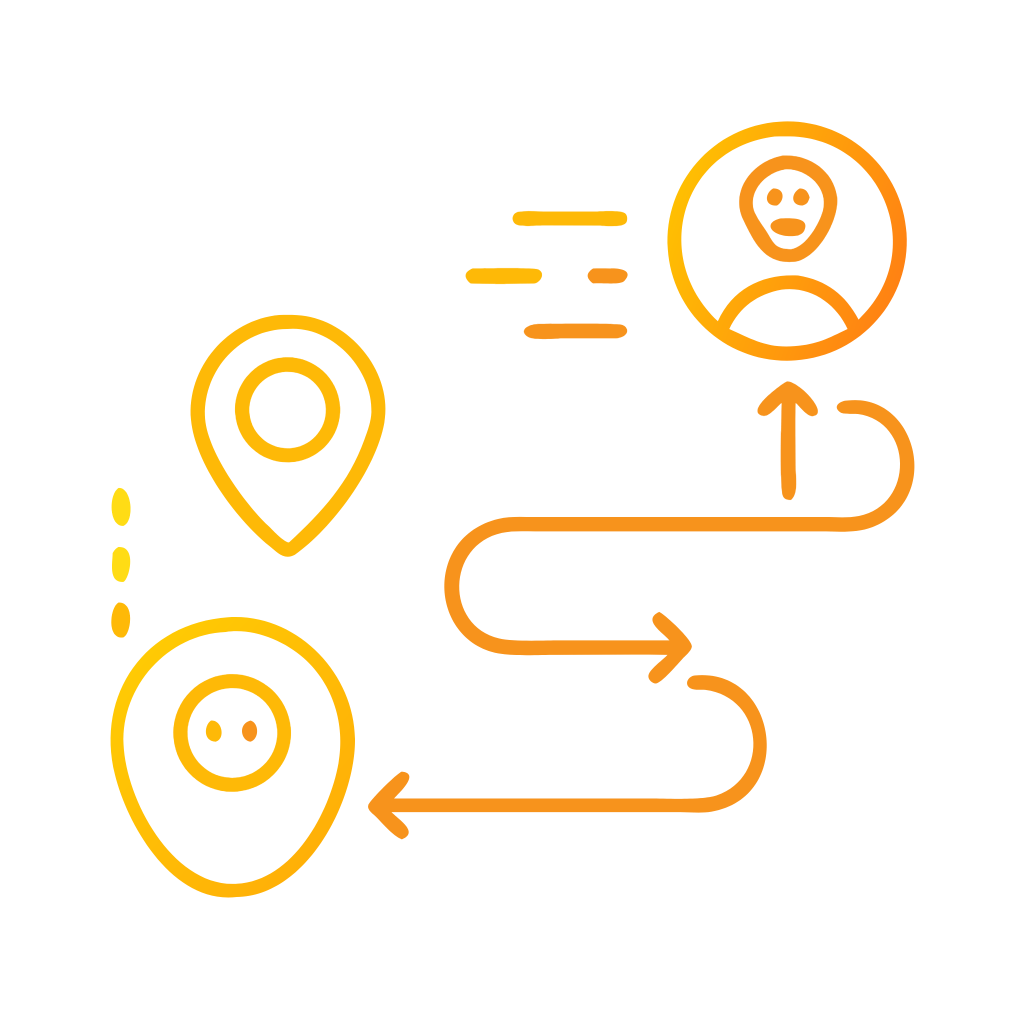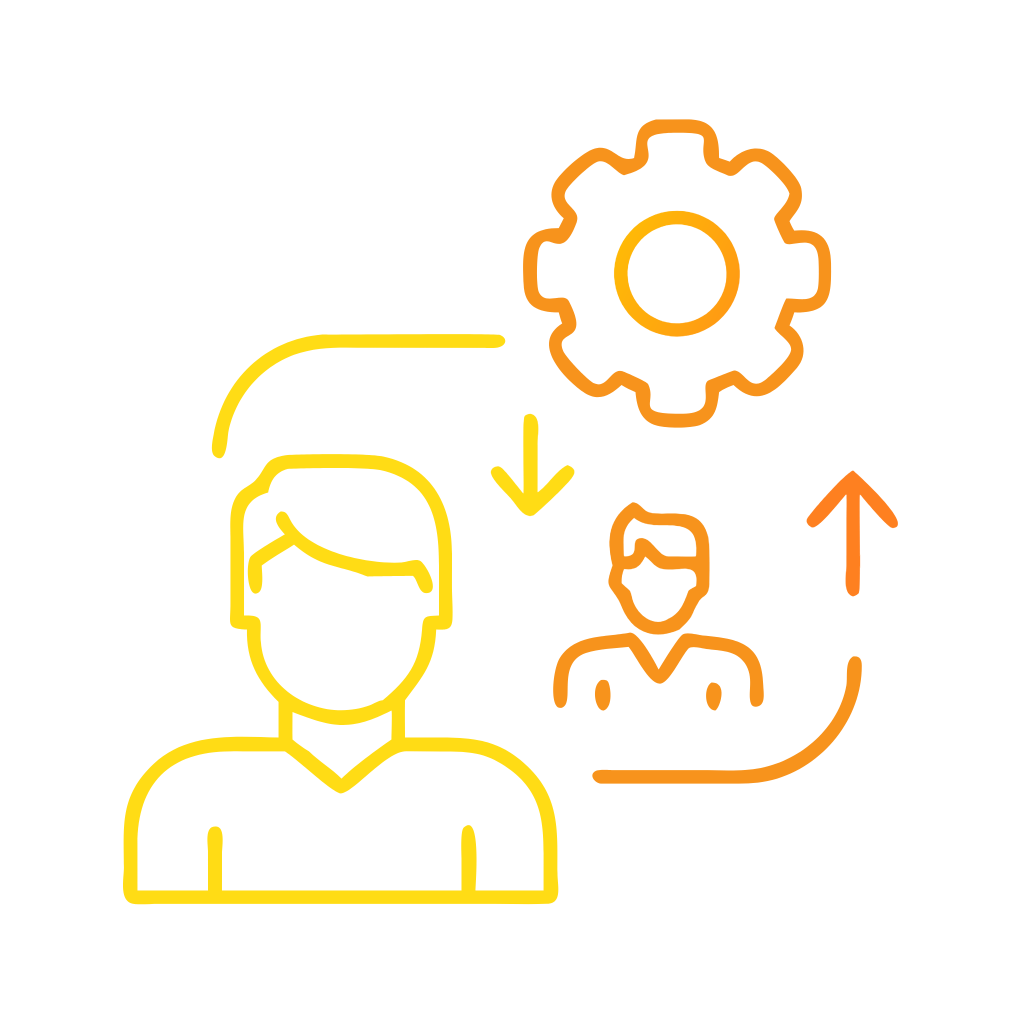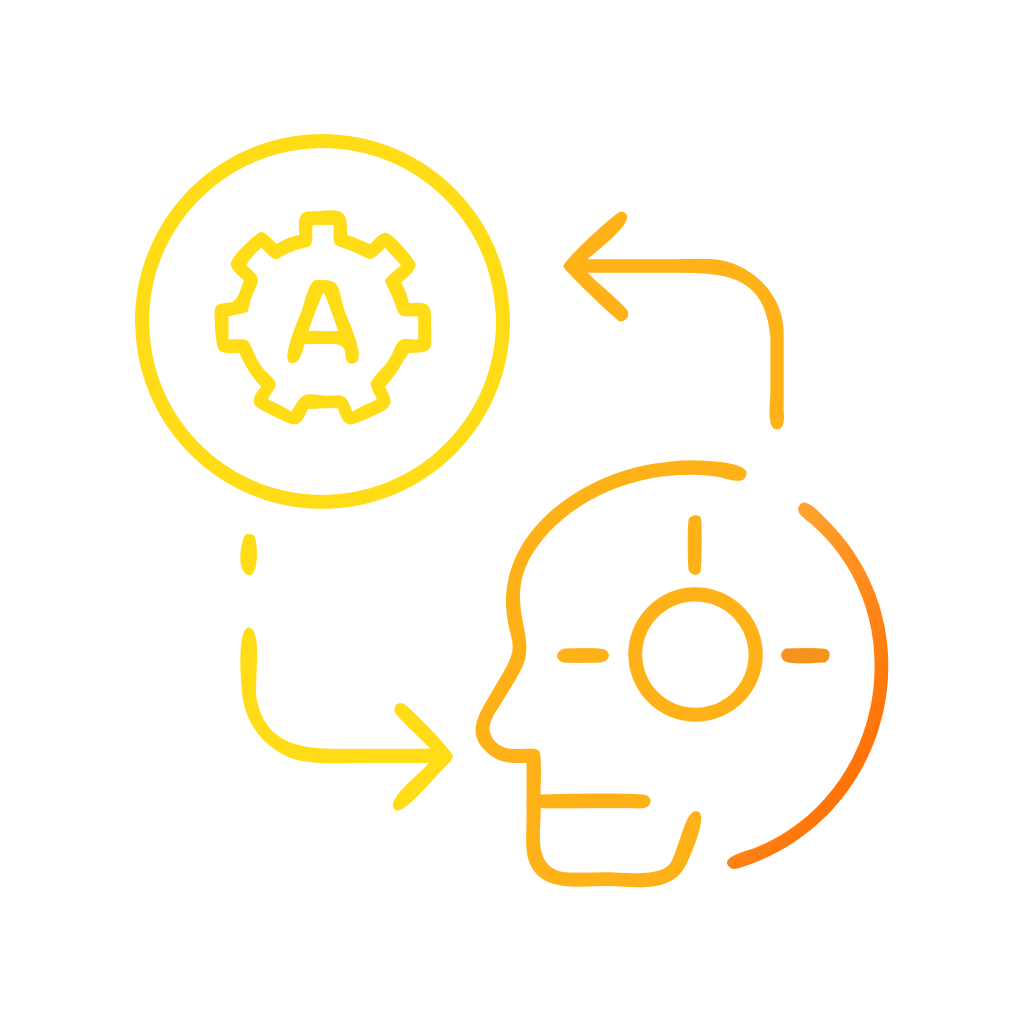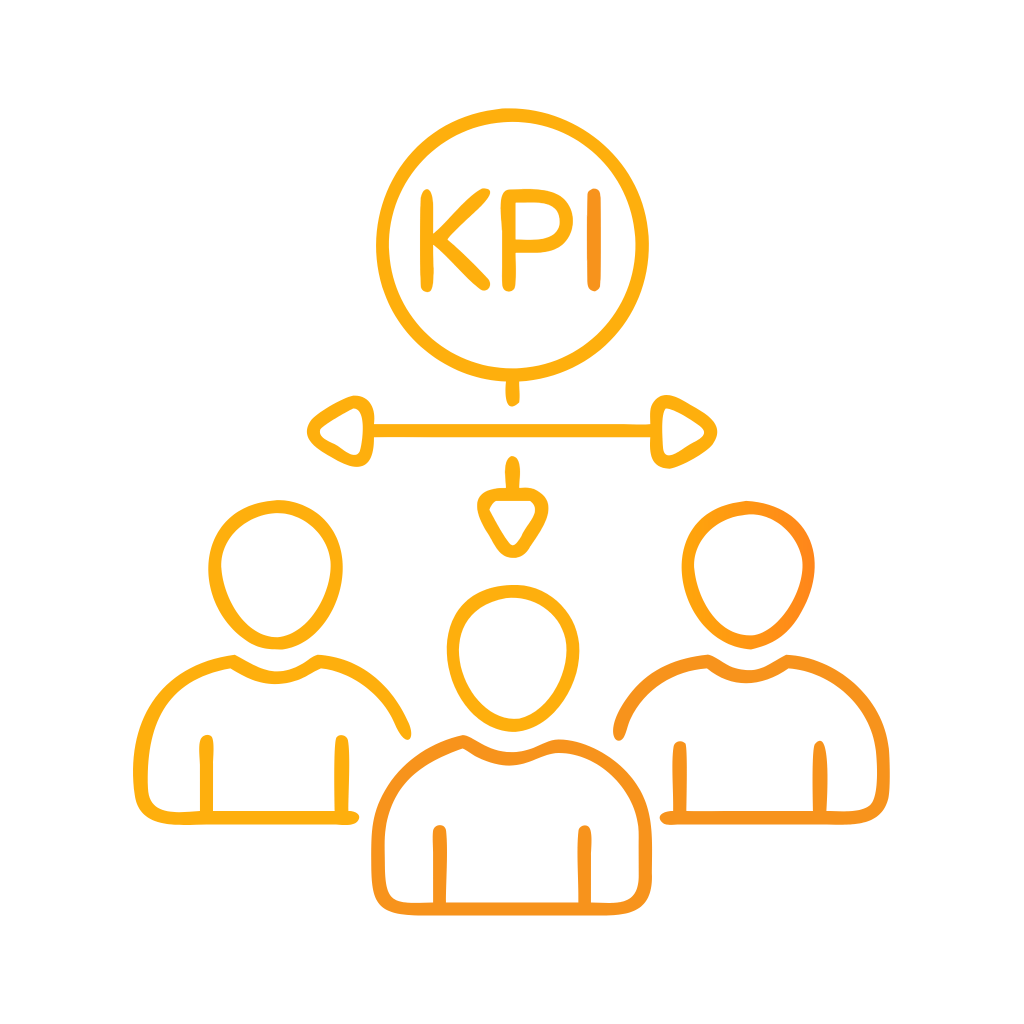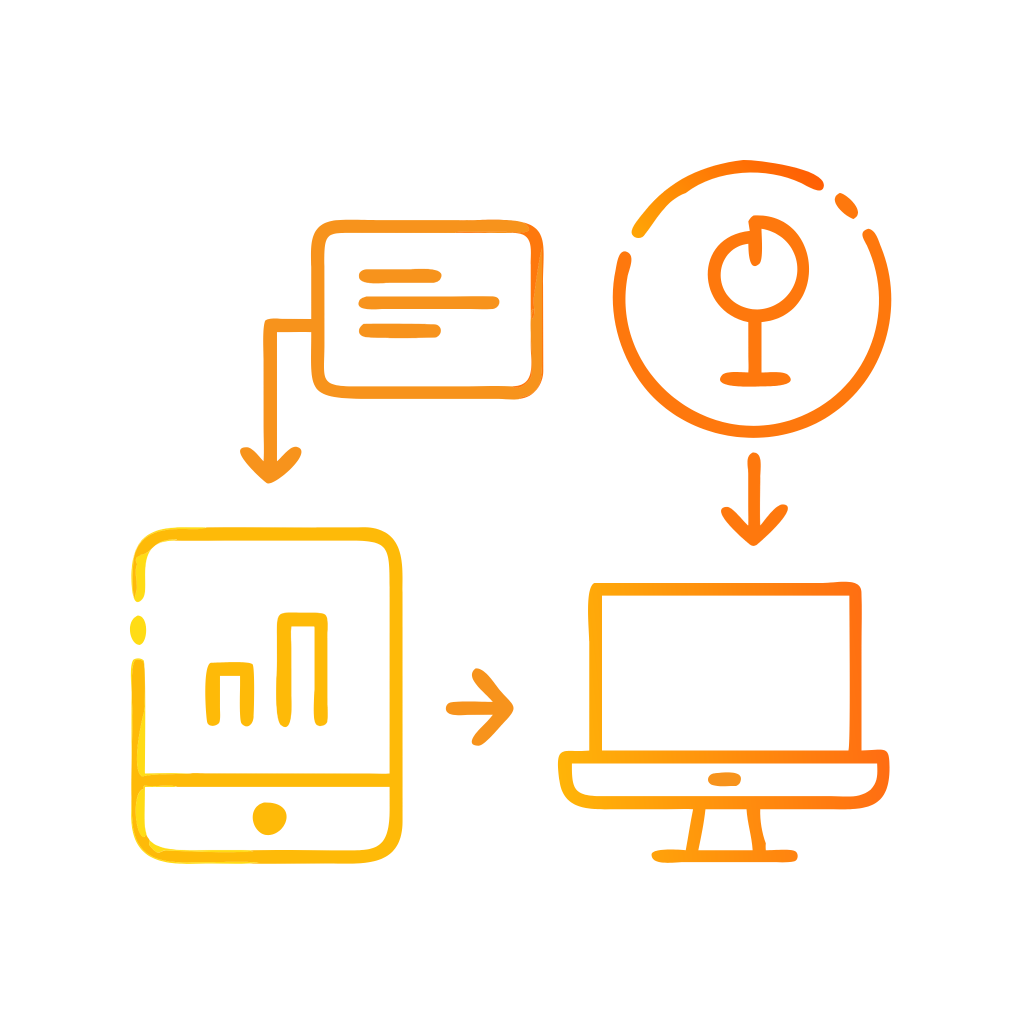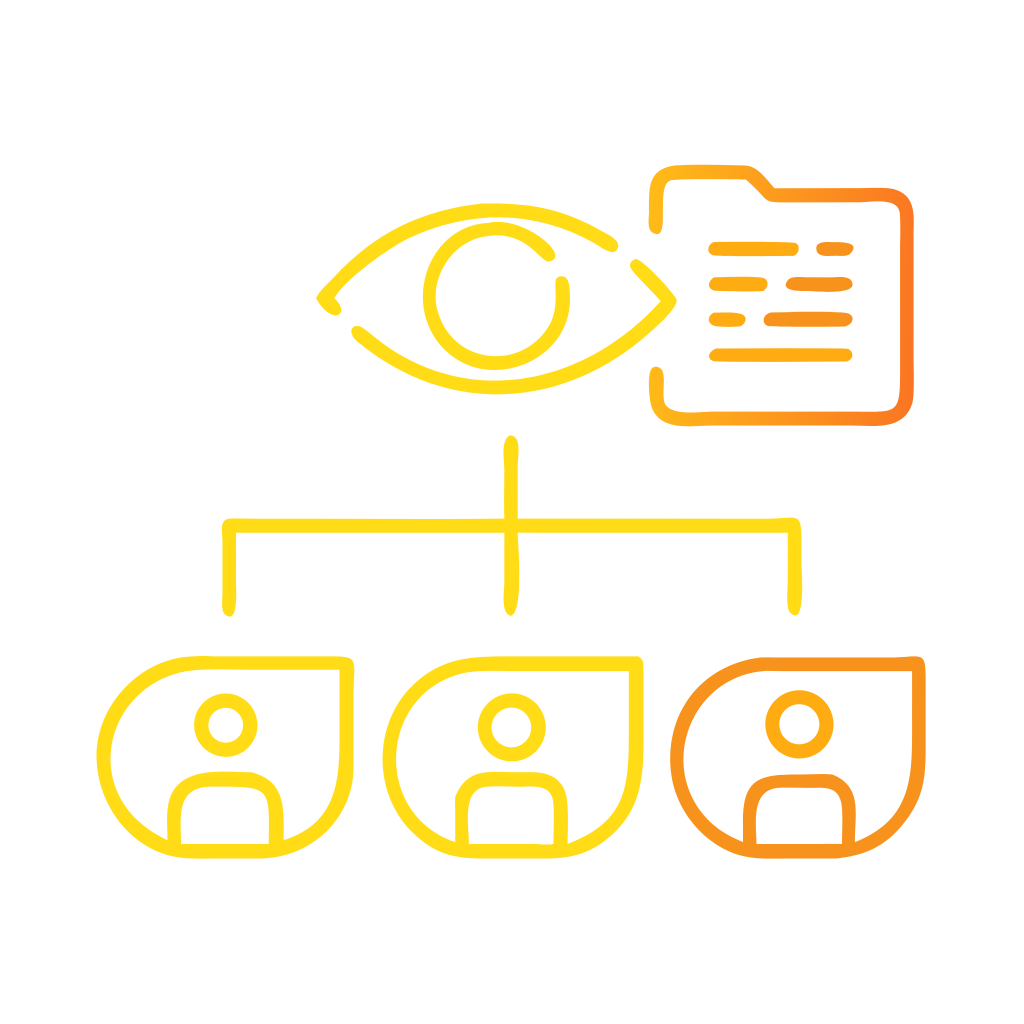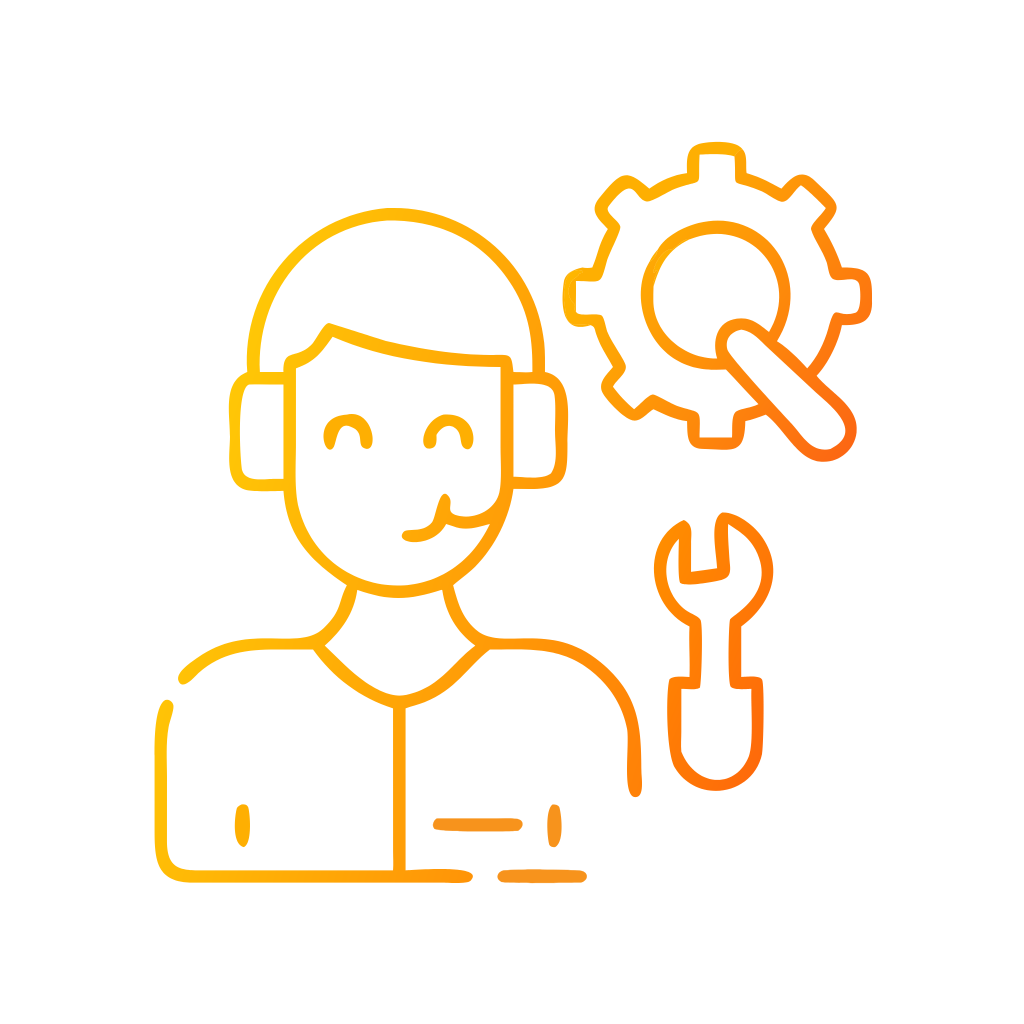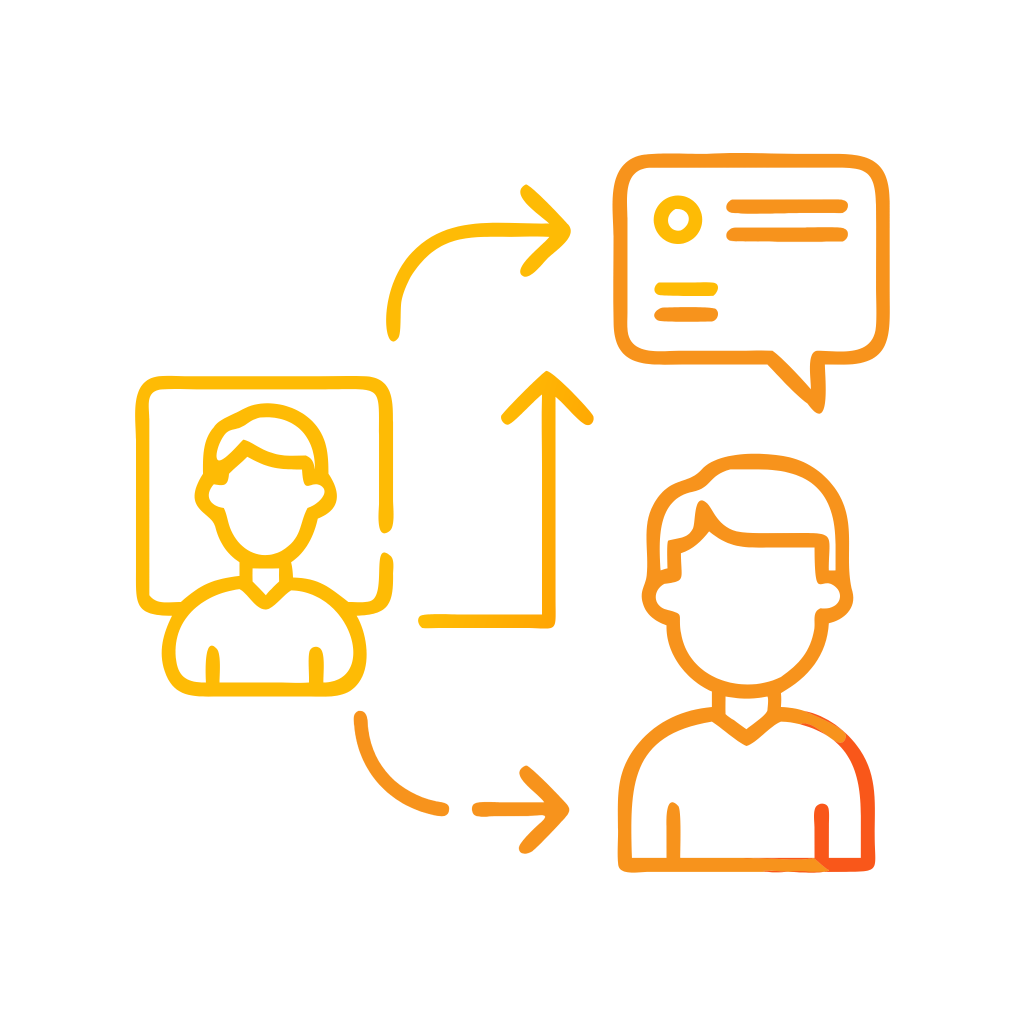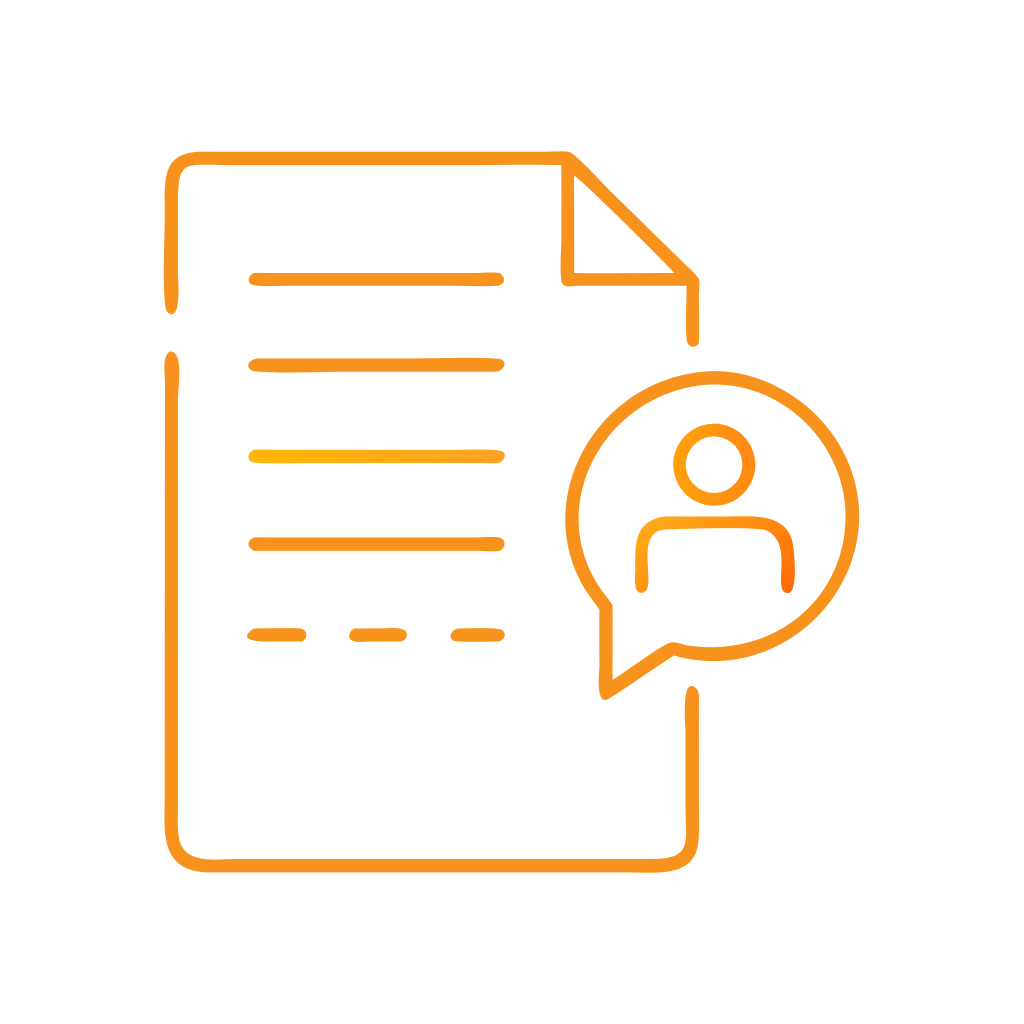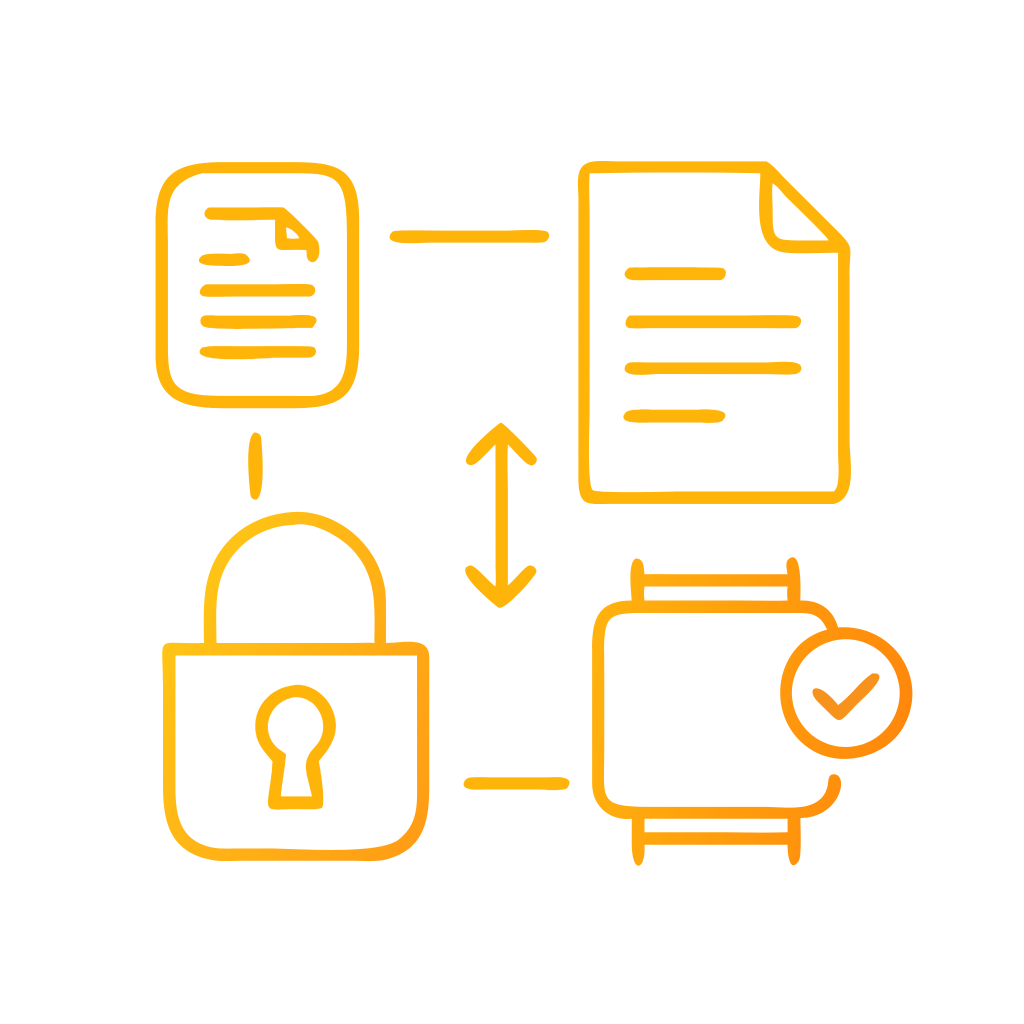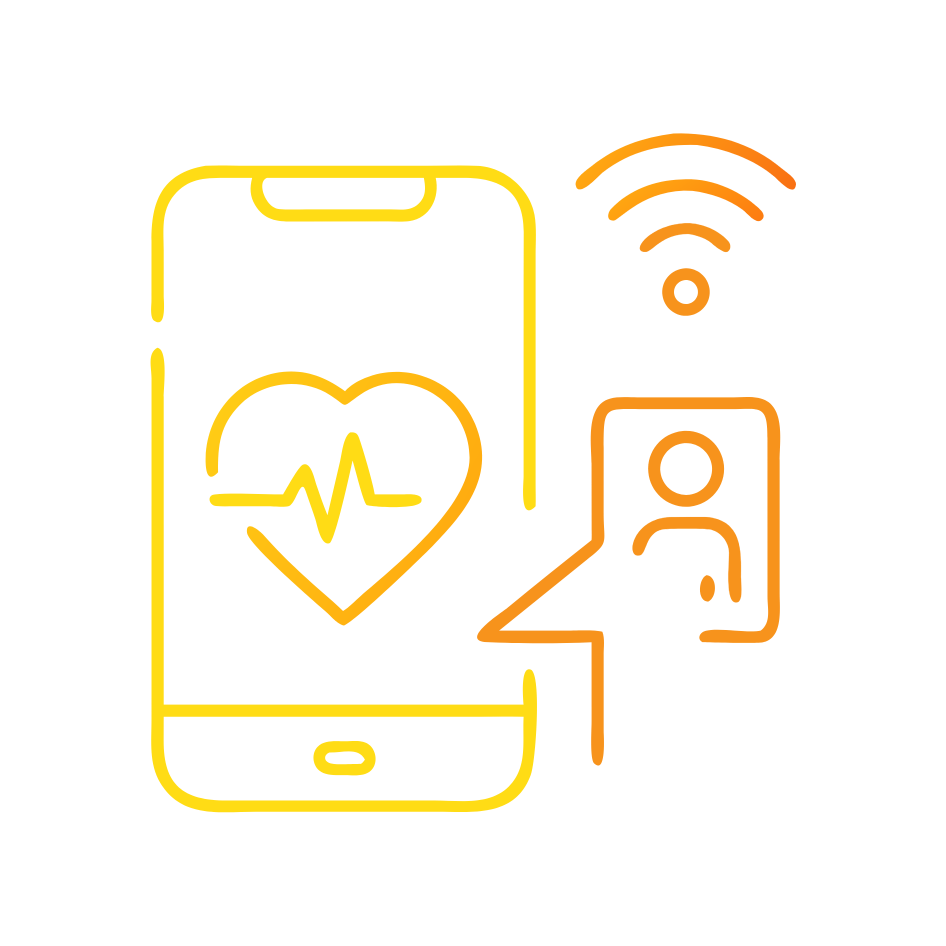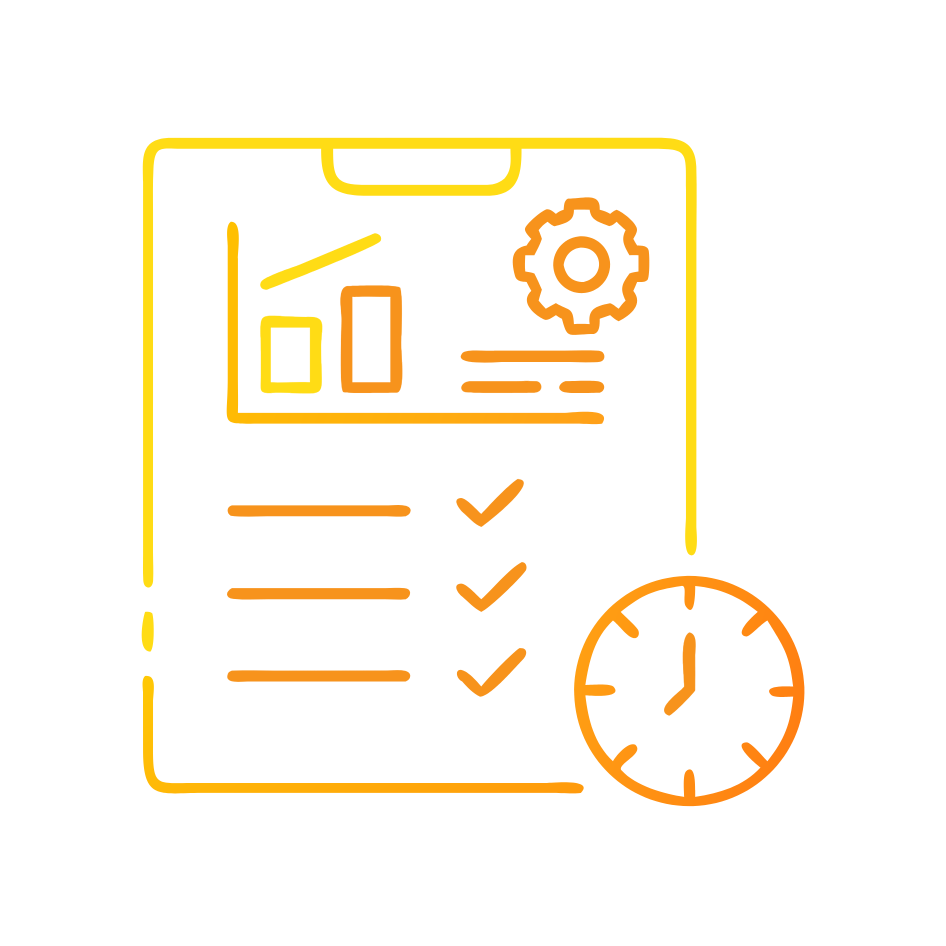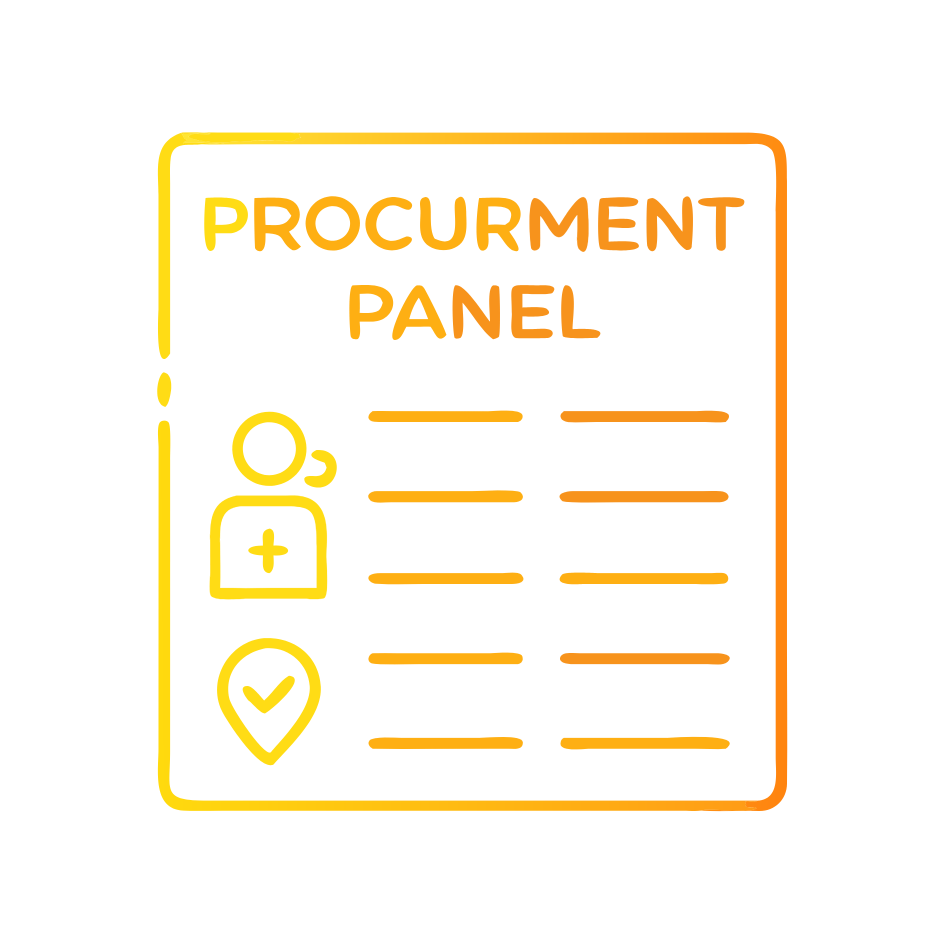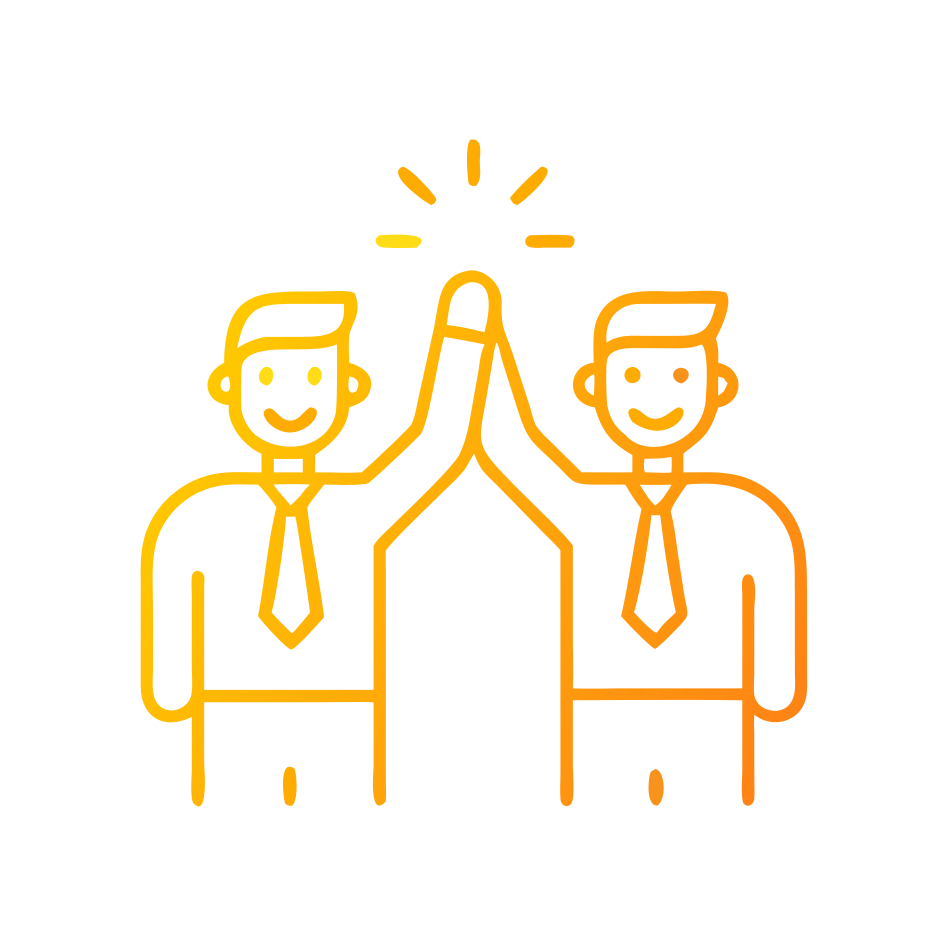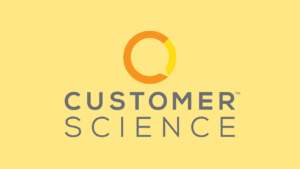Why occasion analytics matters to CX leaders now?
CX leaders face a simple choice. Teams either align experiences to the real moments that drive choice or watch competitors win those moments. Occasion analytics studies the specific contexts in which customers decide, buy, use, seek help, and renew. This discipline complements journey analytics by focusing on high-intent situations such as “booking a last-minute flight on mobile” or “troubleshooting a device during a video call.” Brands that organize around moments convert faster, reduce effort, and grow mental availability, which is the ease with which buyers recall a brand in a buying situation.¹ ² McKinsey highlights that managing experiences at the journey level creates more value than optimizing isolated touchpoints, and occasions give each journey a practical center of gravity.³ ¹⁰
What is occasion analytics?
Occasion analytics is the structured capture and analysis of decision and usage contexts that shape customer behavior. An occasion combines who the customer is with why, when, where, and with what they act. In marketing science, Category Entry Points describe the cues that prompt buyers to access memories in a buying situation. Occasion analytics operationalizes those cues inside CX systems so teams can design for them.² ⁹ The approach integrates jobs to be done, which frame the progress customers seek in a given situation, with journey analytics, which connects cross-channel behavior over time.⁴ ¹⁴ ²²
How occasion analytics complements journey analytics?
Journey analytics shows behavior across channels and time. Occasion analytics reveals the moment-specific triggers and constraints that explain that behavior. For example, journey analytics may show high abandonment on mobile checkout. Occasion analytics clarifies that the occasion is “buying on a train with intermittent connectivity,” which demands a one-tap wallet and offline resilience. Forrester defines journey analytics as a practice that blends quantitative and qualitative data across touchpoints to optimize interactions and predict behavior.⁶ ¹⁴ Occasion analytics enriches those models by tagging events with occasion metadata such as time pressure, location, social setting, and device posture. Teams then prioritize fixes and interventions that match the lived context.²²
How do you define and catalog occasions?
Teams define occasions by combining four lenses. First, articulate the customer job, which is the progress the customer tries to make in a specific situation.⁴ Second, map micro-moments, which are intent-rich points when people turn to a device to act.⁵ ¹² Third, list Category Entry Points, which are the common situational cues that unlock memory, like “after a long day” or “preparing for a big meeting.”² ⁹ Fourth, align each occasion to value elements customers seek, such as reduces anxiety, saves time, or simplifies.⁷ ¹⁵ Each occasion record should capture triggers, constraints, success signals, and measurable outcomes. High-quality catalogs help CX platforms recognize occasions in real time and orchestrate the next best action.²²
Which data sources best detect occasions in real time?
CX teams detect occasions by fusing explicit, implicit, and contextual signals. Explicit signals include customer-stated reason for contact and form selections. Implicit signals include behavioral patterns such as rapid navigation, repeated search terms, or channel switching. Contextual signals include time of day, device type, network speed, and location where permitted. Gartner defines customer analytics as the use of data to understand composition, needs, and satisfaction and to segment buyers for targeted actions.⁵ Leaders extend that definition with occasion labels so analytics and orchestration tools can trigger content, workflow, and human support that fit the moment.¹³ ²²
What is the practical mechanism for labeling and using occasions?
Teams create an occasion taxonomy that is short, stable, and vendor-agnostic. Start with a controlled vocabulary of 20 to 40 base occasions, each with a canonical definition and data rules for detection. Store the taxonomy in a shared repository and expose it to journey analytics, CDP, IVR, chat, and marketing systems. Label historic events using rules and models. Validate with call transcripts and session replays. Use the same labels to train classifiers that improve over time. Connect each occasion to one or more interventions, such as a specific knowledge article, a streamlined form, or a callback workflow. This structure allows orchestration engines to map from detected context to a precise action.²² ⁶
How do occasions align with value and brand growth?
Occasion analytics increases mental availability by linking the brand to the situations customers face. Research on Category Entry Points shows that brands grow by being easy to think of and easy to buy in a buying situation.² ⁹ Pairing occasions with the Elements of Value helps teams design offers and messages that solve for functional and emotional needs in the moment, which correlates with higher loyalty and revenue growth.⁷ ¹⁵ Occasion-centric design also improves journey performance because the team fixes friction where it matters, not everywhere at once.³ ¹⁸
How do you prioritize which occasions to design for first?
Teams rank occasions by three filters. First, assess frequency and value by combining occurrence rate with conversion or cost metrics. Second, score strategic importance using Category Entry Points that match growth goals, such as “first home setup” for a broadband provider. Third, evaluate feasibility by reviewing detection confidence and the maturity of existing interventions. Decision matrices should include both demand-side value elements and supply-side readiness so leaders invest where impact is most likely.⁷ ² ³
What are the risks and failure modes to watch?
Leaders should avoid conflating occasions with campaigns. Campaign calendars can shift focus toward holidays and away from real usage contexts, which limits relevance.⁸ ¹⁶ Teams should also avoid creating too many micro-segments that exhaust content teams and confuse orchestration logic. Occasion catalogs work when they remain stable, human-readable, and empirically grounded. Overfitting is another risk. If models infer occasions from a narrow slice of behavior, they can misclassify and trigger the wrong action. Pair quantitative detection with qualitative validation through interviews and intercepts to maintain precision.⁶ ⁵ ¹⁴
How do you measure the impact of occasion analytics?
CX teams measure impact at three levels. First, test occasion-aware interventions for lift in conversion, containment, handle time, and satisfaction. Second, measure mental availability by tracking the salience of Category Entry Points in brand research and by monitoring search and recall cues.² ¹⁷ Third, connect occasions to the Elements of Value to quantify perceived value shifts over time.⁷ ²³ McKinsey research shows that managing experiences at journey level improves value creation.³ Occasions sharpen those improvements by placing interventions where the moment dictates action.¹⁰ ¹⁸
What operating model enables continuous improvement?
High-performing teams install a cross-functional “Moment Studio.” This unit owns the occasion taxonomy, detection rules, intervention library, and outcome dashboards. The studio meets weekly to review performance of top occasions and to propose experiments. Product, design, data, marketing, and operations co-own changes so a detection rule converts quickly into a new flow or script. The studio also maintains governance so any system that touches customers can read and write occasion labels. This operating model ensures that occasion analytics is not a project. It becomes an always-on capability that compounds value.¹³ ²¹
How to get started in 30 days?
Leaders can stand up a functional pilot in four sprints. Week one defines the occasion taxonomy for one journey and maps jobs, micro-moments, Category Entry Points, and value elements.⁴ ⁵ ² ⁷ Week two labels twelve months of historical data and performs qualitative validation. Week three ships two high-impact interventions tied to top occasions. Week four runs A/B tests and publishes a measurement plan that tracks both journey metrics and mental availability signals. This sequence brings rigor without delay and shows the organization how occasion analytics translates into outcomes.³ ¹⁴ ²²
What good looks like at scale?
Mature occasion analytics shows three traits. First, occasion detection is embedded across channels with confidence thresholds and graceful fallbacks. Second, orchestration is modular, with each occasion linking to a small set of proven actions. Third, leadership reviews an “Occasion P&L” that aggregates value creation across sales, service, and retention. Firms that systematize around moments make better decisions faster and deliver experiences that feel designed for the customer’s reality.¹⁰ ³ ⁶
FAQ
What is occasion analytics in customer experience?
Occasion analytics is the practice of identifying and operationalizing the contexts in which customers decide, buy, use, or seek support, and then aligning journeys and interventions to those specific moments. It draws on Category Entry Points, jobs to be done, and micro-moments to detect and serve intent in real time.² ⁴ ⁵ ⁹
How does occasion analytics differ from journey analytics?
Journey analytics analyzes behavior across channels and time to optimize interactions. Occasion analytics adds the context layer, labeling the high-intent situation behind each interaction so teams can trigger precise actions that fit the moment.⁶ ¹⁴ ²²
Why do Category Entry Points matter for CX design?
Category Entry Points are situational cues that unlock brand memory in buying situations. Designing for these cues increases mental availability and makes the brand easier to think of and buy in the moments that matter.² ⁹
Which data sources help detect occasions at scale?
Detection combines explicit customer inputs, behavioral signals, and contextual data such as device and time of day. Gartner defines customer analytics as using data to understand needs and to segment buyers for targeted actions, which occasion analytics extends with moment labels for orchestration.⁵ ¹³
How can teams prioritize occasions for maximum impact?
Teams rank occasions by frequency and value, strategic alignment to priority Category Entry Points, and feasibility of detection and intervention. This approach focuses investment where measurable lift is most likely.² ⁷ ³
What metrics prove the value of occasion analytics?
Leaders track conversion, containment, handle time, and satisfaction at the intervention level, and they track mental availability and value perception over time using Category Entry Point salience and the Elements of Value.² ⁷ ²³
Which first steps can CX teams take in 30 days?
Start by defining a compact occasion taxonomy for one journey, label historical data, validate with qualitative research, launch two interventions, and test for lift while establishing an operating cadence to scale.³ ⁴ ⁵ ²²
Sources
McKinsey & Company. “Creating value through transforming customer journeys.” 2016. McKinsey Insights. https://www.mckinsey.com/~/media/mckinsey/industries/public%20and%20social%20sector/our%20insights/customer%20experience/creating%20value%20through%20transforming%20customer%20journeys.pdf
LinkedIn B2B Institute and Ehrenberg-Bass Institute. “Category Entry Points In A B2B World.” Jenni Romaniuk et al. 2020. PDF. https://business.linkedin.com/content/dam/me/business/en-us/amp/marketing-solutions/images/lms-b2b-institute/pdf/b2bi-cepinb2b-final.pdf
McKinsey & Company. “The CEO guide to customer experience.” 2016. McKinsey Insights. https://www.mckinsey.com/capabilities/operations/our-insights/the-ceo-guide-to-customer-experience
Christensen, Clayton M., et al. “Know Your Customers’ Jobs to Be Done.” 2016. Harvard Business Review. https://hbr.org/2016/09/know-your-customers-jobs-to-be-done
Think with Google. “Micro-Moments and The Customer Journey.” 2015–present resource hub. https://www.thinkwithgoogle.com/consumer-insights/consumer-journey/micro-moments/
Forrester. “What’s ‘Journey Analytics’?” 2017. Forrester CX Cast and Glossary. https://www.forrester.com/cx-cast/115-whats-journey-analytics/ and https://www.forrester.com/staticassets/glossary.html
Almquist, Eric; Senior, John; Bloch, Nicolas. “The Elements of Value.” 2016. Harvard Business Review. https://hbr.org/2016/09/the-elements-of-value
NIQ. “Consumers are living in the moment, so should your brand.” 2024. NielsenIQ Insights. https://nielseniq.com/global/en/insights/analysis/2024/consumers-are-living-in-the-moment-so-should-your-brand/
Marketing Science (Ehrenberg-Bass Institute). “Category Entry Points in a B2B world.” 2020. MarketingScience.info article. https://marketingscience.info/category-entry-points-in-a-business-to-business-b2b-world/
McKinsey & Company. “What is CX?” 2022. McKinsey Explainers. https://www.mckinsey.com/featured-insights/mckinsey-explainers/what-is-cx
Gartner. “Customer Analytics — Information Technology Glossary.” 2025. Gartner. https://www.gartner.com/en/information-technology/glossary/customer-analytics
Think with Google. “The basics of understanding key consumer micro-moments.” 2015. Think with Google. https://www.thinkwithgoogle.com/consumer-insights/consumer-journey/micro-moments-understand-new-consumer-behavior/
Gartner. “Customer Service Experience: CX Improvement Guide.” 2024. Gartner. https://www.gartner.com/en/customer-service-support/topics/customer-service-experience
Forrester. “Customer journey analytics.” 2025. Forrester Glossary. https://www.forrester.com/staticassets/glossary.html
Bain & Company. “The Elements of Value.” 2016. Bain Insights. https://www.bain.com/insights/the-elements-of-value-hbr/
BlackDog Marketing. “Occasion-Based Marketing: build loyalty, increase your sales.” 2023. BlackDog LLC. https://blackdogllc.com/occasion-based-marketing-buildloyalty-increase-your-sales/
Romaniuk, Jenni. “Category Entry Points Dissected: How They Really Contribute to Growth.” 2025. JenniRomaniuk.com. https://www.jenniromaniuk.com/blog/2025/4/8/category-entry-points-dissected-how-they-really-contribute-to-growth
McKinsey & Company. “Creating value through transforming customer journeys.” 2016. McKinsey Insights. https://www.mckinsey.com/~/media/mckinsey/industries/public%20and%20social%20sector/our%20insights/customer%20experience/creating%20value%20through%20transforming%20customer%20journeys.pdf
Harvard Business Review. “The ‘Jobs to be Done’ Theory of Innovation.” 2016. HBR IdeaCast. https://hbr.org/podcast/2016/12/the-jobs-to-be-done-theory-of-innovation
Genesys. “What Is Journey Analytics.” 2025. Genesys Definitions. https://www.genesys.com/definitions/journey-analytics
CSG. “Takeaways from the 2025 Gartner Market Guide for Customer Journey Analytics & Orchestration.” 2025. CSG Insights. https://www.csgi.com/insights/our-4-takeaways-from-the-2025-gartner-market-guide-for-customer-journey-analytics-orchestration/
Genesys. “Customer journey analytics.” 2025. Genesys Definitions. https://www.genesys.com/definitions/journey-analytics
Almquist, Eric, et al. “The Elements of Consumer Value.” 2016. (Working paper PDF). https://ellisonchair.tamu.edu/files/2020/06/The-Elements-of-Consumer-Value.pdf
